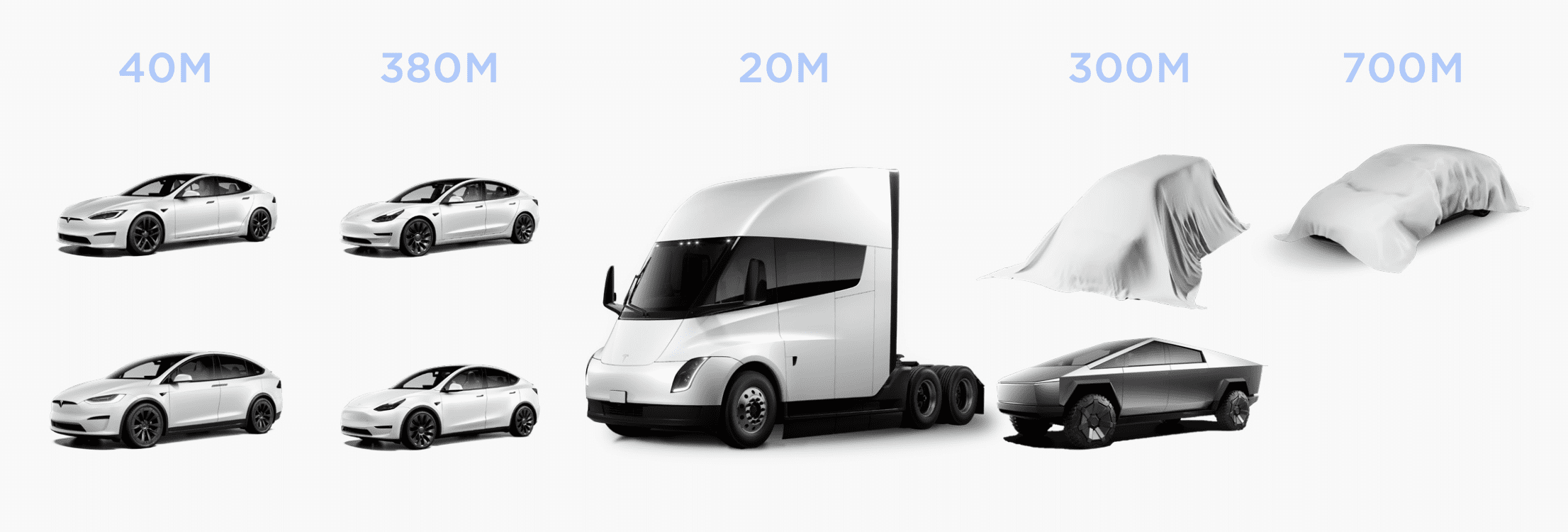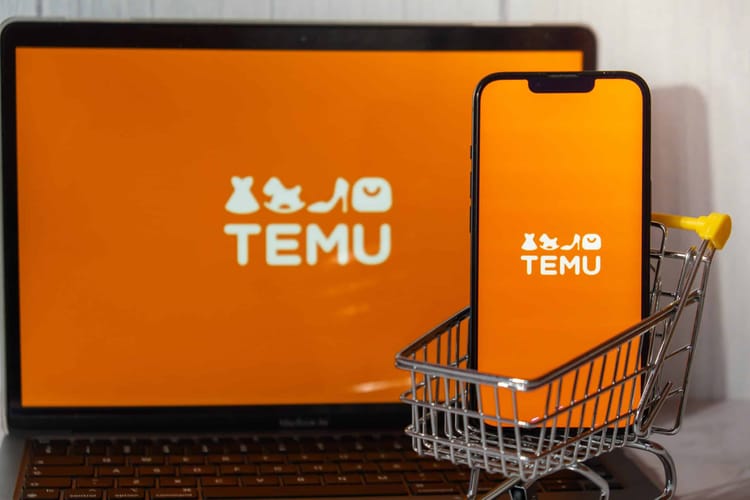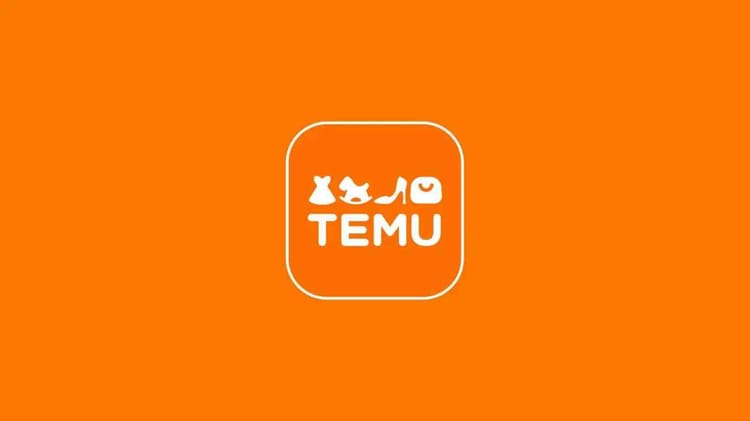Tesla Drops Three Fresh EV Hints, One of Which Is a Small Vehicle Powered by a 53-kWh LFP Pack

The anticipated sales volume for the forthcoming compact passenger car is 42 million, nearly double that of the Model 3/Y.
As part of Tesla's Investor Day presentation last month, it presented its Master Plan Part 3, revealing exciting details.
The EV manufacturer has posted a technical document outlining the sources, assumptions, and calculations that went into the March 1 Master Plan Part 3 presentation. Though primarily devoted to the company's battery strategy and sustainability, the document also contains some exciting details about its future products.
In the chapter "Batteries for Transportation," Tesla teased three new cars. The automaker has specifically mentioned a car in the compact segment – most likely the so-called $25,000 entry-level car – a van in the commercial/passenger segment, and a bus in the commercial/passenger segment.
The smaller vehicle, known as Model 2 or even Model Q, will use a 53-kilowatt-hour battery pack with lithium iron phosphate (LFP) chemistry. This battery type is best suited for standard-range cars due to its lower energy density, while long-range vehicles require batteries with a higher energy density (high nickel).
Tesla's high nickel cathodes are low to zero cobalt Nickel Manganese cathodes in production or under development in-house, at suppliers, and in research centers.
The compact electric car, which may or may not be a shrunk version of the Model Y, is expected to sell 42 million units, almost twice as many units as Tesla's best-selling model, the Model 3/Y. However, the automaker does not give a timeframe for the projected sales.
It is estimated that Tesla will produce 4 million Model 2 units per year, of which 2 million will come from its new Gigafactory in Mexico and the remaining 2 million from Giga Berlin and Giga Shanghai.
According to Tesla, the second new model will require a 100 kWh High Nickel battery pack. The company anticipates this model has the potential to sell 10 million units, making it the third-best-selling model in Tesla's range after the compact EV and the Model 3/Y.
A commercial/passenger van may or may not be the robotaxi Tesla has mentioned many times in the past - or at least it's base. Finally, Tesla's Master Plan Part 3 mentions a bus with a 300 kWh LFP battery pack. This product has the potential to sell one million units.
Cybertruck has a battery capacity of 100 kWh with High Nickel chemistry, which is another interesting feature. However, given how often Tesla has changed its mind about the Cybertruck, we wouldn't say the 100-kWh battery is set in stone. That isn't enough to enable a driving range of 500 miles.
There is also the possibility that the battery packs listed above are simply the smallest available.




